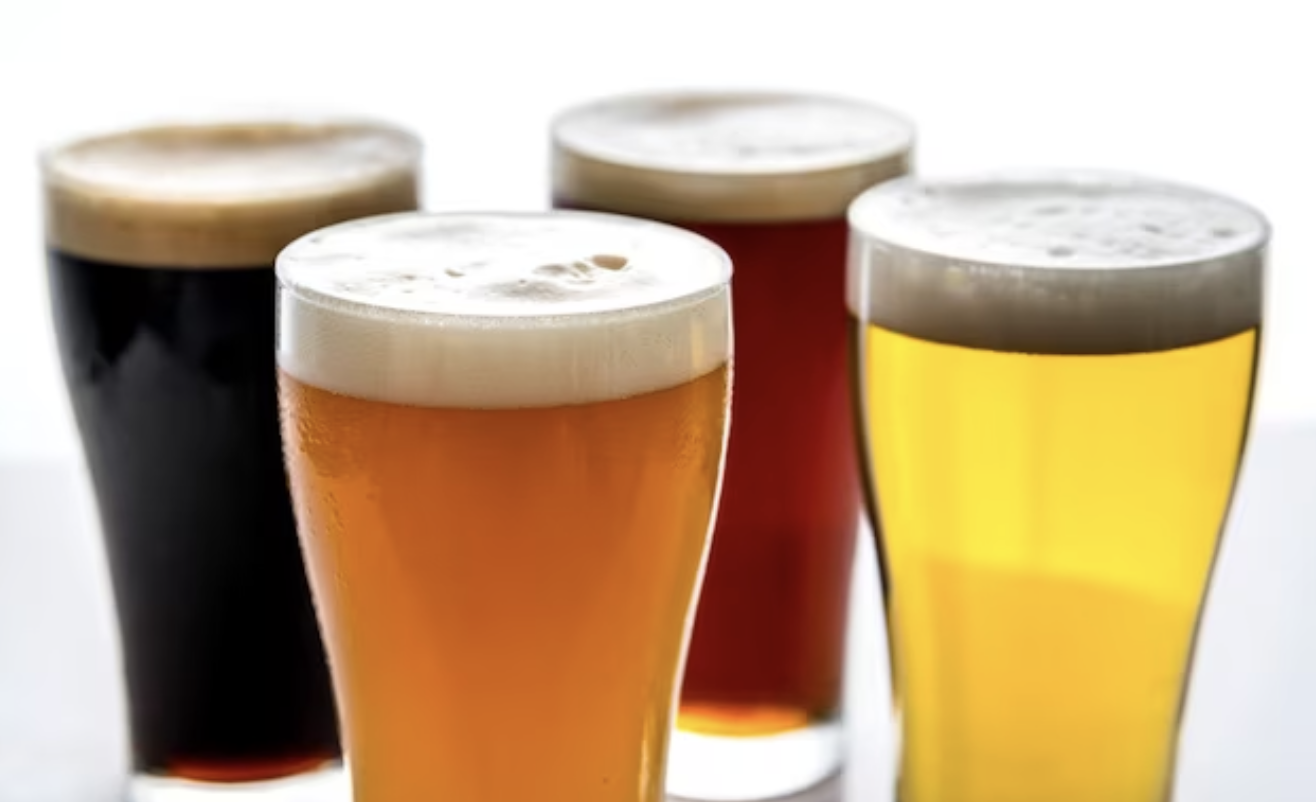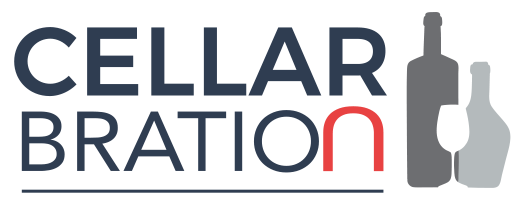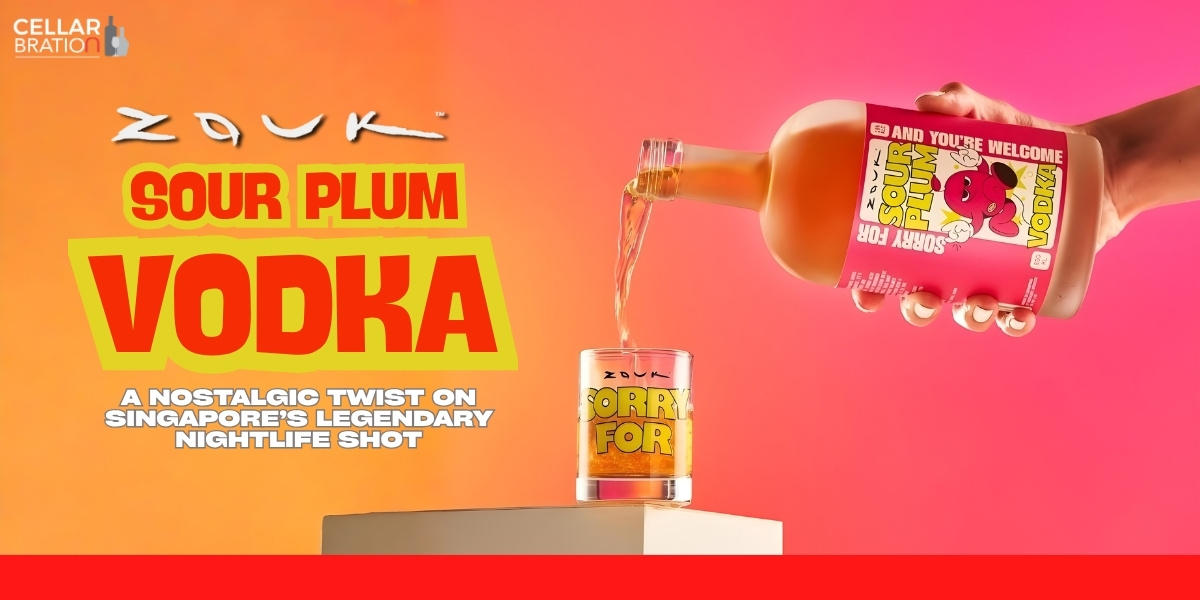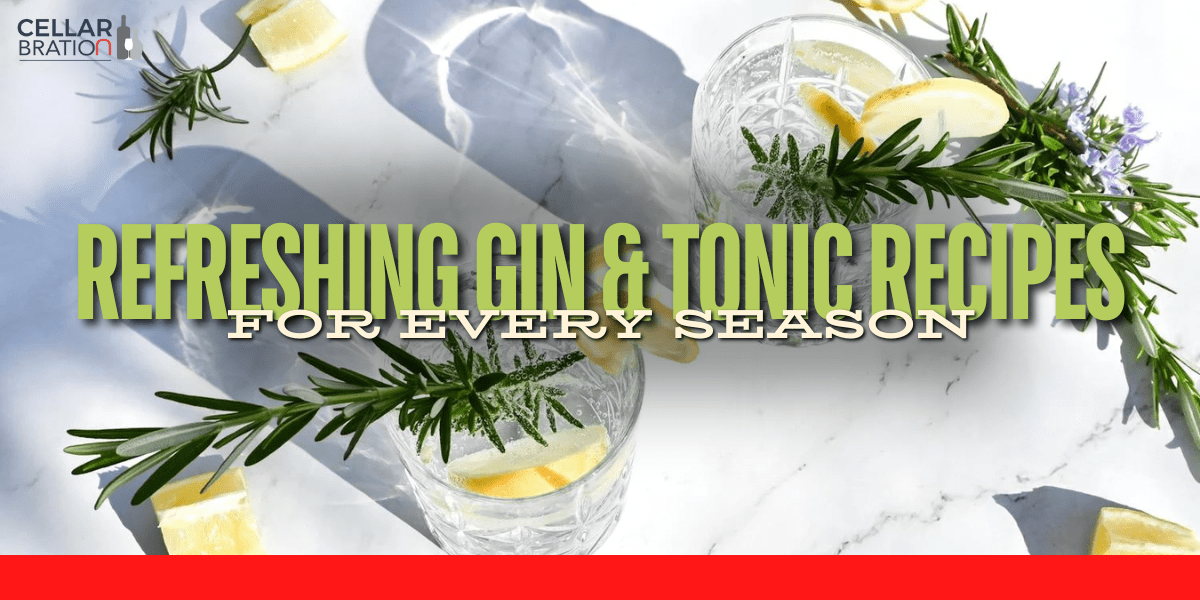Beer Alcohol Percentage 101: Decoding Your Brew Strength

Ever squinted at the tiny letters on a beer label, wondering what that cryptic "5.2% ABV" truly meant? You're not alone. Beer alcohol percentage, often abbreviated as ABV, may seem like a technical detail best left to brewers.
But understanding this seemingly simple number unlocks a hidden world of flavour, experience, and responsible consumption – enriching the journey for both the seasoned beer enthusiast and the occasional imbiber.
For beer lovers, ABV is like a secret language. It tells you how strong and flavorful a beer is. A 4% session IPA is light with citrus hints, while a 10% imperial stout is rich with chocolatey goodness.
Knowing ABV helps you choose the right beer for your mood. Whether it's a chill lager, a lively pale ale, or a special barleywine – ABV is your guide. It's not just about numbers; it's a journey into flavours, cultures, and smart sipping.
What is Beer Alcohol Percentage?
Confused by that number on your beer label? Don't worry, it's just ABV, or "alcohol by volume." Think of it like a little metre telling you how much "punch" is in your brew.
The higher the ABV, the stronger the beer and the more buzz you'll get. A light lager with 4% ABV will be like a gentle summer breeze, while a 10% imperial stout will feel more like a warm fireplace hug (but remember, drink responsibly!).
Understanding ABV helps you pick the right beer for the moment. Want a chill after work? Go for a low-ABV session ale. Planning a rowdy game night? Grab a hoppy pale ale with some kick. It's like having a secret decoder ring for the brew world!
So next time you grab a beer, don't just stare at the label. Crack the ABV code and unlock a whole new level of flavour, fun, and responsible enjoyment. Cheers!
Bonus: ABV isn't everything, though! Different styles, ingredients, and even how you drink it can affect the taste and feel. Keep exploring and learning, one delicious sip at a time!
Factors Influencing Beer Alcohol Percentage
Ingredients and Their Impact on Alcohol Content
Grains and Sugars:
- Different grains contribute varying levels of fermentable sugars.
- Sugars serve as the food source for yeast during fermentation, converting into alcohol.
Hops and Yeast Selection:
- The choice of hops can influence bitterness and aroma but typically doesn't directly affect alcohol content.
- The yeast strain selected by brewers plays a critical role in determining the final alcohol percentage.
Brewing Techniques and How They Affect Strength
Fermentation Duration:
- Longer fermentation periods allow yeast to consume more sugars, resulting in higher alcohol content.
- Shorter fermentation leads to a lower alcohol percentage.
Temperature Control:
- Higher fermentation temperatures can accelerate the process, potentially producing more alcohol.
- Lower temperatures may slow fermentation, yielding a beer with lower alcohol content.
Mashing and Boiling:
- The mashing process extracts fermentable sugars from grains.
- Boiling affects the concentration of sugars and their potential conversion into alcohol.
Reading Labels: Deciphering Alcohol Content Information
That number with the "%" sign? That's ABV, and it's the key to your perfect sip. Let's break it down:
Common Label Terms:
- ABV (Alcohol by Volume): The hero of the show! This percentage tells you how much alcohol (by volume) is in your beer. Remember, higher numbers pack a bigger punch.
- Alc./Vol.: Same as ABV, just abbreviated. You might see these terms used interchangeably.
- Serving Size: Crucial for understanding ABV impact. A 12-ounce beer with 5% ABV will have less alcohol than a 16-ounce beer with 4% ABV.
- Calories per Serving: Not directly related to ABV, but helpful for those watching their intake. Higher alcohol beers tend to have more calories.
- IBU (International Bitterness Units): Measures the bitterness of hops. Not linked to ABV, but knowing your preferred bitterness level can help guide your choice.
Interpreting ABV Percentages:
- Low ABV (3-5%): Light and refreshing, perfect for daytime sessions or post-workout unwinding. Think lagers, pilsners, and some pale ales.
- Mid-ABV (5-7%): Moderate and versatile, ideal for casual gatherings or enjoying food. Popular styles include IPAs, amber ales, and some Belgian beers.
- High ABV (8-12% and above): Pack a punch and best enjoyed slowly or savoured in smaller servings. Think imperial stouts, barleywines, and some Belgian Tripels.
Remember: ABV is just one factor. Beer styles, flavours, and personal preferences matter too.

Popular Beer Styles and Their Typical Alcohol Percentages
Beer comes in many flavours, and to choose the right one, you need to know how strong it is. ABV is like a map for exploring and picking beers that suit your taste.
The Light Brigade:
- Lager (3-5% ABV): The quintessential "everyday beer," crisp and refreshing with a gentle ABV. Perfect for hot days, casual get-togethers, and unwinding after work.
- Pilsner (4-5% ABV): Hoppy and clean, with a light golden hue and a subtle bite. A classic choice for enjoying with food or simply savouring the nuanced bitterness.
- Kölsch (4-5% ABV): Delicate and smooth, with a touch of fruitiness and subtle malt sweetness. A crowd-pleaser for both beer novices and seasoned enthusiasts.
The Mid-Range Mavericks:
- Pale Ale (4-6% ABV): A hop-forward hero, bursting with citrus and floral aromas. A versatile choice for casual gatherings, barbecues, and exploring the vibrant world of hop varieties.
- Amber Ale (4-7% ABV): Toffee-hued and caramel-malty, with a warm, inviting embrace. Ideal for cooler nights, cosy evenings, and pairing with hearty dishes.
- Brown Ale (4-6% ABV): Nutty and toasty, with a subtle sweetness and a hint of chocolate. A sophisticated choice for those seeking a complex flavour profile and a satisfying depth.
The ABV Adventurers:
- India Pale Ale (IPA) (5-10% ABV): The hop maestro, overflowing with tropical fruit and piney aromas. A bold choice for adventurous palates, perfect for pairing with spicy food or simply revelling in the hop explosion.
- Imperial Stout (7-12% ABV): Dark and decadent, with rich notes of coffee, chocolate, and roasted malt. A slow-sipping experience for special occasions or savouring after a hearty meal.
- Belgian Tripel (8-12% ABV): Golden and strong, with complex fruity esters and spicy phenolics. A bold and intriguing choice for those seeking a unique and memorable beer experience.
Effects of Alcohol Percentage on Flavor and Experience
ABV is just one instrument in the brewing orchestra. Understanding how it interacts with other factors like malt, hops, and yeast helps you appreciate the unique character of each style and discover brews that resonate with your personal preferences.
Alcohol's Flavorful Touch:
- Warmth and Body: As alcohol content rises, so does the beer's perceived warmth and body. Imagine the difference between a light summer breeze and a cosy fireplace; that's how a higher ABV can fill your mouth and create a more substantial sensation.
- Sweetness Perception: Alcohol can mute bitterness and enhance sweetness, making higher-ABV beers feel smoother and less harsh. Think of it as adding a touch of honey to balance out the hops' bite.
- Aroma Intensity: Alcohol acts like a carrier, boosting the volatile compounds that create aroma. Higher-ABV beers often explode with vibrant fruity or hoppy notes, while lower-ABV beers offer subtler, delicate scents.
- Finish and Complexity: The interplay between alcohol, sweetness, and bitterness creates a longer, more lingering finish in higher-ABV beers. These complex flavours might take time to unravel, offering a richer sensory journey.
Balancing the Act:
- Low-ABV Delicacy: Lower-ABV beers rely on a delicate balance of malt sweetness, hop bitterness, and subtle aroma compounds. Each element shines through, creating refreshing, crisp experiences perfect for savouring.
- High-ABV Adventure: Higher-ABV brews pack a punch, but skilled brewers ensure the alcohol doesn't overwhelm. They play with complementary flavours, utilising malt sweetness or rich, roasty notes to create a smooth, enjoyable journey, even with bolder aromas and finishes.

Moderation and Responsible Drinking
Responsible drinking isn't about deprivation, it's about awareness and making informed choices. So, let's raise a glass not just to delicious brews but also to responsible consumption with these important tips:
Knowledge is Power:
- ABV Awareness
Knowing the alcohol content of your beer empowers you to make informed choices. You can pace yourself, choose lower-ABV options for longer sessions, and avoid exceeding daily recommended limits.
Remember, those numbers on the label aren't just decorative – they're your guide to responsible enjoyment.
- Understanding Your Limits
Everyone metabolises alcohol differently, so knowing your personal boundaries is key. Be honest with yourself about your tolerance and stick to a predetermined number of drinks, leaving plenty of time between each one.
Tips for Savouring, Not Overindulging
Here are some practical tips for savouring your beer responsibly and avoiding overindulgence:
- Interweave your beer with water or non-alcoholic drinks. This not only keeps you hydrated and prevents dehydration, but also helps slow down your alcohol intake and maintain clarity.
- Food slows down alcohol absorption, so snacking or enjoying a meal alongside your beer can help you pace yourself and prevent overindulgence.
- Savour your beer! Sip slowly, appreciate the aromas and flavours, and resist the urge to chug. Remember, the journey is just as important as the destination, and taking your time can make the experience even more enjoyable.
- Pay attention to your physical and mental state. If you start feeling dizzy, lightheaded, or like you can't control yourself, stop drinking right away. Remember, responsible enjoyment means knowing when to call it a night.
Beer Alcohol Percentage Myths and Misconceptions
Let's dive into some common misconceptions about alcohol in beer and set the record straight, empowering you to navigate the brewery realm with confidence.
Myth #1: Dark Beers Are Always Stronger
Dark beers do pack a punch sometimes, with imperial stouts reaching the double-digit ABV territory. However, judging strength solely by colour is a recipe for confusion. Lighter lagers can surprise you with a sneaky 5% punch, while a beautifully dark porter might be a mellow 4%. The strength depends on the brewer's recipe, not the shade of the brew.
Myth #2: Size Matters (in terms of ABV per serving)
A bigger beer isn't automatically stronger than a smaller one. Remember, ABV is a percentage, not a total amount. A 12-ounce can with 5% ABV will have less alcohol than a 16-ounce glass with 4% ABV. Check the label for the ABV and serving size to understand the true punch within.
Myth #3: Mixing Beers Makes You Drunker Faster
The myth of the "cocktail effect" doesn't apply to beer. Whether you sip a single style or mix-and-match your way through a flight, the alcohol absorption rate remains the same. It's all about the total amount of alcohol consumed, not the order or variety.
Myth #4: Eating Before Drinking Protects You
Food may slow down alcohol absorption slightly, but it's not a magic shield. A full stomach doesn't mean you're invincible, and overindulging can still lead to intoxication. Enjoy your food and beer responsibly, savouring the flavours without relying on any false guarantees.
Myth #5: Cold Beer Hits You Faster
While a colder beer might feel more refreshing and go down quicker, the temperature doesn't affect how fast the alcohol gets absorbed into your bloodstream. The icy chill might create a false sense of security, leading to faster consumption and potentially exceeding your limits.
Final Thoughts
Exploring the beer world might seem like solving a puzzle, with confusing labels and strange numbers like "ABV" popping up. But don't worry, thirsty friends! This guide helps you take control, so you can confidently pick the perfect sip for any moment.
Understanding ABV is like having your own strength metre. It shows how strong your drink is. Light beers, around 3-5% ABV, are like a refreshing breeze. Strong stouts, hitting 10% or more, are for slow sipping.
Choose your beer based on how you feel: enjoy a light pilsner on sunny days, share a hoppy IPA with friends, or indulge in the richness of an imperial stout. Remember, ABV is just one part of the beer mix. Feel free to try different styles, taste new flavours, and find what you like.
Ready for your beer adventure? Dive into Cellarbration, the top beer spot in Singapore. Our beer experts are here to guide you, unlocking the endless flavours of beer, one sip at a time. Visit our store now for more beer options.





